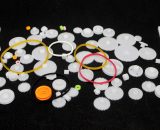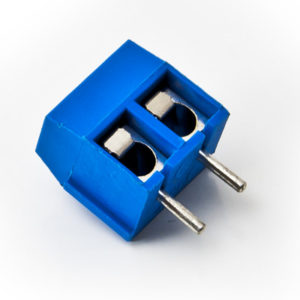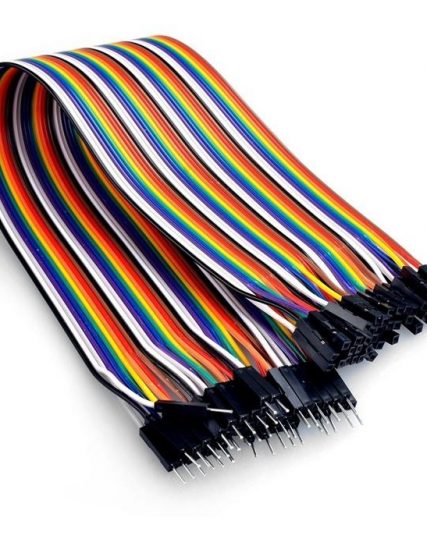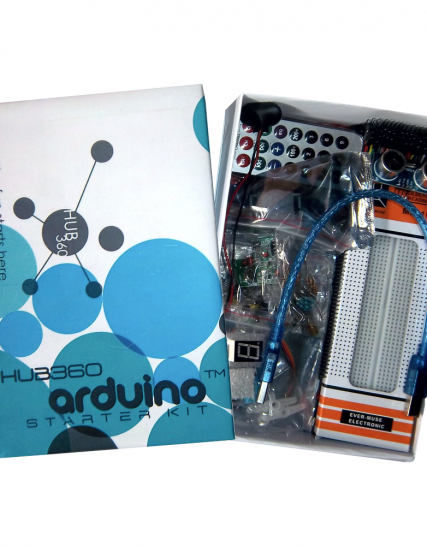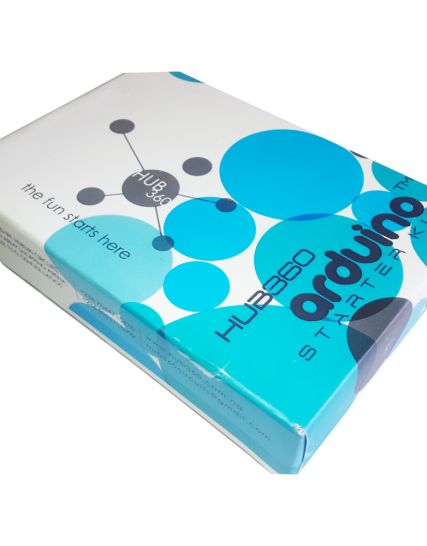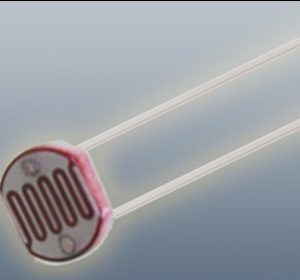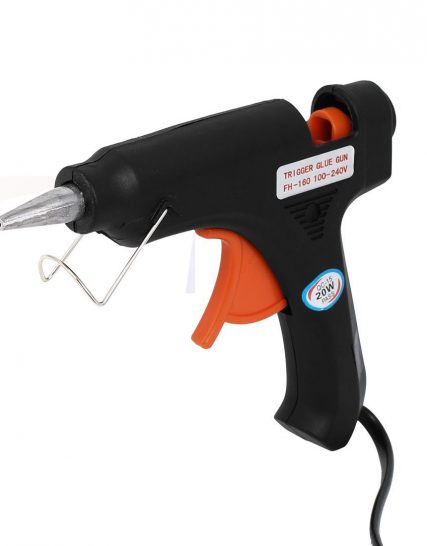- You have no items in your shopping cart
- Subtotal: ₦0.00
Solenoid Valve
₦8,000.00
A Solenoid Valve is an electromechanical device used to control the flow of fluids or gases in various systems. It utilizes an electromagnet to actuate a valve mechanism, allowing for precise control of the flow path. Solenoid valves are commonly used in automation, industrial processes, irrigation systems, and many other applications requiring reliable fluid control.
Key Features:
- Electromechanical Operation: Operated by an electromagnet to control valve movement
- Flow Control: Provides precise control over fluid or gas flow
- Versatile Applications: Suitable for use in various systems including industrial, automotive, and residential
- Durable Construction: Typically made from materials like brass, stainless steel, or plastic for long-term reliability
- Different Types: Available in normally open, normally closed, and other configurations
Technical Specifications:
- Operating Voltage: Common voltages include 12V, 24V, 110V, and 220V AC/DC
- Valve Type: Normally open (NO), normally closed (NC), or bistable
- Body Material: Options include brass, stainless steel, plastic, or aluminum
- Seal Material: Often uses rubber or elastomer seals for leak-proof operation
- Flow Rate: Varies based on valve size and design
- Connection Type: Typically includes threaded, flanged, or push-fit connections
- Temperature Range: Operating temperature varies depending on the material and design
Applications:
- Industrial Automation: Control of fluids in manufacturing and processing systems
- Irrigation Systems: Automating water flow in agricultural applications
- Automotive Systems: Control of fluids in engines and other vehicle systems
- HVAC Systems: Regulating air or refrigerant flow in heating and cooling systems
- Home Appliances: Used in washing machines, dishwashers, and other household devices
Usage:
- Installation: Connect the solenoid valve to the appropriate fluid or gas line using the specified connection type.
- Power Supply: Ensure the correct voltage is supplied to the solenoid coil according to the valve specifications.
- Control: Operate the valve using an appropriate control system or switch to manage the flow of fluids or gases.
- Maintenance: Regularly inspect and clean the valve to ensure proper operation and prevent blockages.
Caution:
- Voltage Compatibility: Ensure that the solenoid valve is compatible with your power supply voltage to prevent damage.
- Flow Limits: Do not exceed the maximum flow rate specified for the valve to avoid damage or malfunction.
- Temperature Limits: Adhere to the operating temperature range to prevent damage to the valve components.
- Leakage: Check for leaks during installation and operation to ensure a tight seal and prevent fluid loss.
Datasheet:
For detailed technical specifications, refer to the Solenoid Valve Datasheet.
In stock
Additional Information
| Weight | 0.199 kg |
|---|


